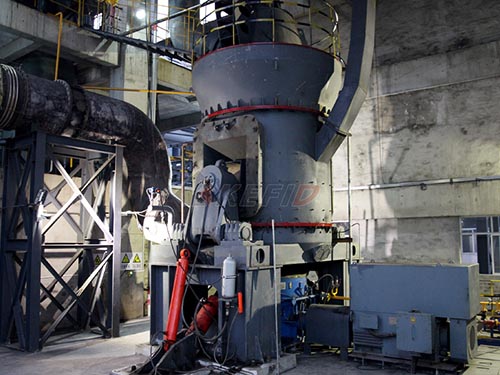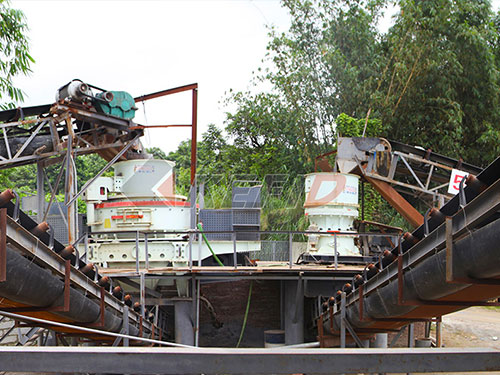Crushed Stone Size and Weight: A Practical Reference Guide
Crushed stone is a fundamental material in construction and landscaping, forming the backbone of roads, driveways, foundations, drainage systems, and decorative features. Selecting the right size is crucial for project performance, stability, drainage, and aesthetics. Understanding approximate weights is equally vital for logistics, cost estimation (transportation costs are heavily weight-dependent), structural calculations, and ensuring equipment can handle the load.
This guide provides a clear reference for common crushed stone sizes (gradations), their typical applications based on engineering best practices and industry standards (like ASTM or local DOT specifications), and estimated weight ranges.
Important Considerations Before Using the Chart:
1. Variability is Inherent: The exact weight of crushed stone depends heavily on several factors:
Material Type: Granite weighs more than limestone; trap rock is denser than sandstone.
Moisture Content: Wet stone weighs significantly more than dry stone. Weights listed are typically for dry material.
Compaction & Gradation: How tightly packed the stone is and the exact distribution of particle sizes within a grade affect density.
Quarry Source: Geological variations exist even within the same nominal rock type.
2. Weight Estimates: The weights provided below are average approximations for common types like granite or limestone in a dry state. Always consult your specific supplier for precise weight data based on the actual material being used. Weights are given in pounds per cubic yard (lbs/cu yd), tons per cubic yard (tons/cu yd – where 1 ton = 2000 lbs), and kilograms per cubic meter (kg/m³).
3. Size Names & Standards: Size names (57, 2, etc.) are common industry designations in North America. Specific size ranges may vary slightly by region or supplier. Always confirm the exact sieve analysis meeting project specifications.


Crushed Stone Size & Weight Reference Chart
| Common Size Name | Nominal Size Range (Inches) | Typical Applications | Approximate Dry Weight Range |
| : | :– | :– | :– |
| 1 | ~4 inches – 2 inches | Very large rip-rap; erosion control on steep slopes/shorelines; foundation support for very large structures. | 2500 – 2800 lbs/cu yd
(~

Leave a Reply